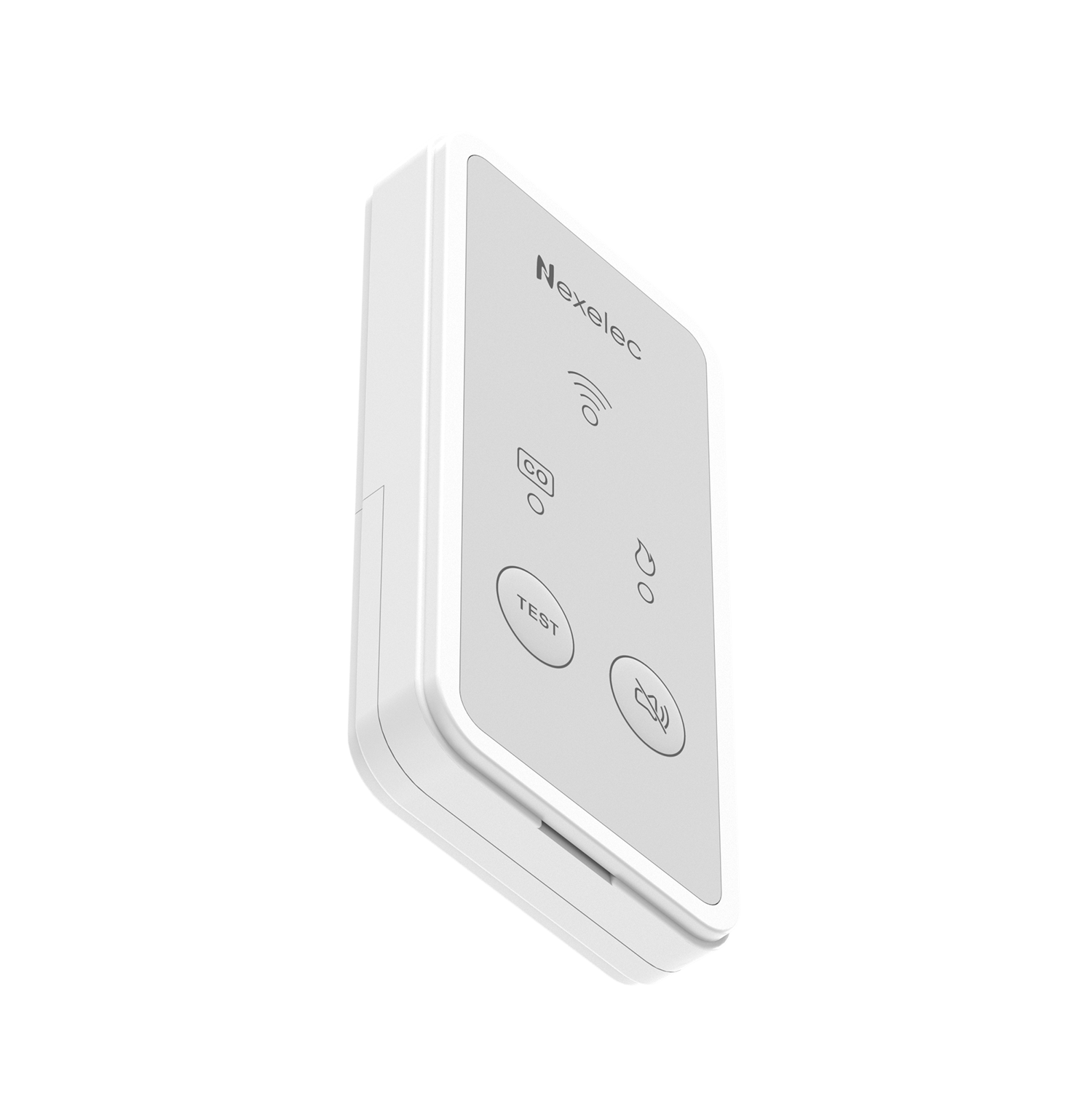Ever wondered how to simplify complex IoT tasks without breaking a sweat? RemoteIoT batch job examples are here to save the day! Whether you're a tech enthusiast or a seasoned developer, understanding remote batch processing is crucial in today's connected world. Let’s dive right in and explore how remote IoT jobs can revolutionize your workflow!
Picture this: you're managing thousands of IoT devices scattered across different locations. How do you ensure they're all updated, synchronized, and functioning optimally without manual intervention? That’s where RemoteIoT batch job examples come into play. These automated processes allow you to execute repetitive tasks efficiently, saving you time and resources.
But hold up—why is this relevant now? With the rise of remote work and distributed systems, managing IoT devices from afar has become more critical than ever. Whether it's sending firmware updates, collecting sensor data, or analyzing performance metrics, remote batch jobs make it all possible. So, let’s get started and unravel the magic behind these powerful tools!
- Aditi Mistry Nipple Slip The Viral Incident Amp Aftermath
- Bolly4u Your Ultimate Guide To Streaming Bollywood Movies Online
Understanding RemoteIoT Batch Job Basics
First things first, what exactly is a remote IoT batch job? Simply put, it's a set of automated instructions that perform specific tasks on IoT devices remotely. Think of it as a virtual assistant that handles repetitive, time-consuming tasks for you. This approach not only boosts productivity but also minimizes human error.
Here’s a quick breakdown of the key components:
- Batch Processing: Running a series of tasks in bulk rather than individually.
- Remote Execution: Performing tasks on devices located in different geographical locations.
- IoT Integration: Leveraging IoT devices to collect, process, and transmit data seamlessly.
So, whether you're sending out firmware updates to hundreds of devices or aggregating sensor data from a smart city network, remote IoT batch jobs can handle it all with ease.
- 5movierulz Kannada 2024 Watch Kannada Movies Legally
- Movierulz Kannada 2023 Your Guide Safe Alternatives
Why RemoteIoT Batch Jobs Matter Today
With the rapid growth of IoT devices, managing them manually is no longer feasible. Imagine trying to update firmware on 500 devices one by one—it’s a nightmare waiting to happen! This is where remote IoT batch jobs shine. They offer scalability, efficiency, and reliability, making them an essential tool in modern IoT ecosystems.
Moreover, the shift towards remote work has amplified the need for such solutions. Teams can now manage IoT deployments from anywhere in the world, ensuring business continuity and reducing operational costs. It's like having a virtual team member who works 24/7 without complaining!
Benefits of Using RemoteIoT Batch Jobs
Let’s take a closer look at the advantages of incorporating remote IoT batch jobs into your workflow:
- Automation: Automate repetitive tasks, freeing up your team to focus on more critical activities.
- Scalability: Easily scale your operations to accommodate growing device numbers without additional overhead.
- Cost Efficiency: Minimize manual intervention, reducing labor costs and increasing ROI.
- Reliability: Ensure consistent performance across all devices with minimal downtime.
It’s no wonder why companies across various industries are adopting remote IoT batch jobs to streamline their operations. From manufacturing to healthcare, the possibilities are endless!
RemoteIoT Batch Job Example: A Step-by-Step Guide
Now that we’ve covered the basics, let’s dive into a real-world example of how remote IoT batch jobs work. Imagine you’re tasked with updating firmware on 500 smart thermostats installed in a residential complex. Here’s how you’d approach it:
Step 1: Define the Task
Start by clearly outlining the objective—updating firmware to the latest version. Identify the devices involved and ensure they meet the prerequisites for the update.
Step 2: Create the Batch Job
Using your preferred IoT management platform, create a batch job that includes the firmware update instructions. Specify the target devices and any additional parameters required for the process.
Step 3: Schedule the Execution
Set a schedule for the batch job to run during off-peak hours to minimize disruptions. This ensures a smoother update process and avoids affecting user experience.
Step 4: Monitor and Validate
Once the job is executed, monitor its progress and validate the results. Ensure all devices have been successfully updated and address any issues that may arise promptly.
Tools and Platforms for RemoteIoT Batch Jobs
There are several tools and platforms available to help you implement remote IoT batch jobs effectively. Some popular options include:
- AWS IoT Core: A fully managed service for connecting and managing IoT devices at scale.
- Microsoft Azure IoT Hub: A cloud-based solution for building and managing IoT applications.
- Google Cloud IoT Core: A platform for securely connecting and managing IoT devices globally.
Each of these platforms offers unique features and capabilities, so choose the one that best aligns with your specific needs and requirements.
Common Challenges and How to Overcome Them
While remote IoT batch jobs offer numerous benefits, they also come with their fair share of challenges. Here are some common obstacles and how to tackle them:
Challenge 1: Connectivity Issues
Devices located in remote areas may experience connectivity problems, affecting the execution of batch jobs. To mitigate this, implement robust error-handling mechanisms and retry logic to ensure tasks are completed successfully.
Challenge 2: Security Concerns
With sensitive data being transmitted and processed, security is a top priority. Use encryption protocols and secure communication channels to protect your IoT devices and data from unauthorized access.
Challenge 3: Scalability Limits
As your device count grows, so does the complexity of managing them. Choose a scalable platform that can handle increasing workloads without compromising performance.
Best Practices for Implementing RemoteIoT Batch Jobs
To maximize the effectiveness of your remote IoT batch jobs, follow these best practices:
- Plan Ahead: Clearly define your objectives and create a detailed plan before executing batch jobs.
- Test Thoroughly: Conduct extensive testing to ensure batch jobs function as intended and address any issues proactively.
- Monitor Continuously: Keep a close eye on job progress and performance metrics to identify and resolve potential problems promptly.
By adhering to these guidelines, you can ensure a smooth and successful implementation of remote IoT batch jobs.
Data and Statistics: The Power of RemoteIoT Batch Jobs
According to recent studies, companies that adopt remote IoT batch jobs experience a 30% increase in operational efficiency and a 20% reduction in costs. These numbers speak volumes about the impact of automation in IoT ecosystems.
Moreover, the global IoT market is projected to reach $1.5 trillion by 2030, highlighting the growing importance of efficient device management solutions. Remote IoT batch jobs are poised to play a pivotal role in driving this growth by enabling seamless and scalable operations.
Real-World Applications of RemoteIoT Batch Jobs
Let’s explore some real-world applications where remote IoT batch jobs have made a significant impact:
- Smart Agriculture: Automating irrigation systems and monitoring crop health across vast farmlands.
- Industrial Automation: Managing production lines and ensuring equipment maintenance schedules are followed.
- Healthcare: Monitoring patient vitals and delivering remote diagnostics through connected medical devices.
These examples demonstrate the versatility and potential of remote IoT batch jobs across various industries.
Future Trends in RemoteIoT Batch Jobs
As technology continues to evolve, so does the landscape of remote IoT batch jobs. Emerging trends such as edge computing, artificial intelligence, and machine learning are set to transform how we manage IoT devices remotely.
Edge computing, for instance, allows data processing to occur closer to the source, reducing latency and improving performance. AI and ML can enhance decision-making capabilities, enabling smarter and more efficient batch job executions.
Staying ahead of these trends will ensure your remote IoT batch job strategies remain relevant and effective in the years to come.
Conclusion: Take Action Today!
In conclusion, remote IoT batch jobs offer a powerful solution for managing IoT devices efficiently and effectively. By automating repetitive tasks, you can save time, reduce costs, and improve overall performance. Whether you're a small business or a large enterprise, incorporating remote IoT batch jobs into your workflow can yield significant benefits.
So, what are you waiting for? Start exploring the possibilities today and take the first step towards transforming your IoT operations. Don’t forget to share your thoughts and experiences in the comments below or check out our other articles for more insightful content!
Table of Contents
- Understanding RemoteIoT Batch Job Basics
- Why RemoteIoT Batch Jobs Matter Today
- RemoteIoT Batch Job Example: A Step-by-Step Guide
- Tools and Platforms for RemoteIoT Batch Jobs
- Common Challenges and How to Overcome Them
- Best Practices for Implementing RemoteIoT Batch Jobs
- Data and Statistics: The Power of RemoteIoT Batch Jobs
- Real-World Applications of RemoteIoT Batch Jobs
- Future Trends in RemoteIoT Batch Jobs
- Conclusion: Take Action Today!
- Explore Somali Telegram Channels Groups Your 2024 Guide
- Filmyfly Your Guide To Bollywood Hollywood More 2024


